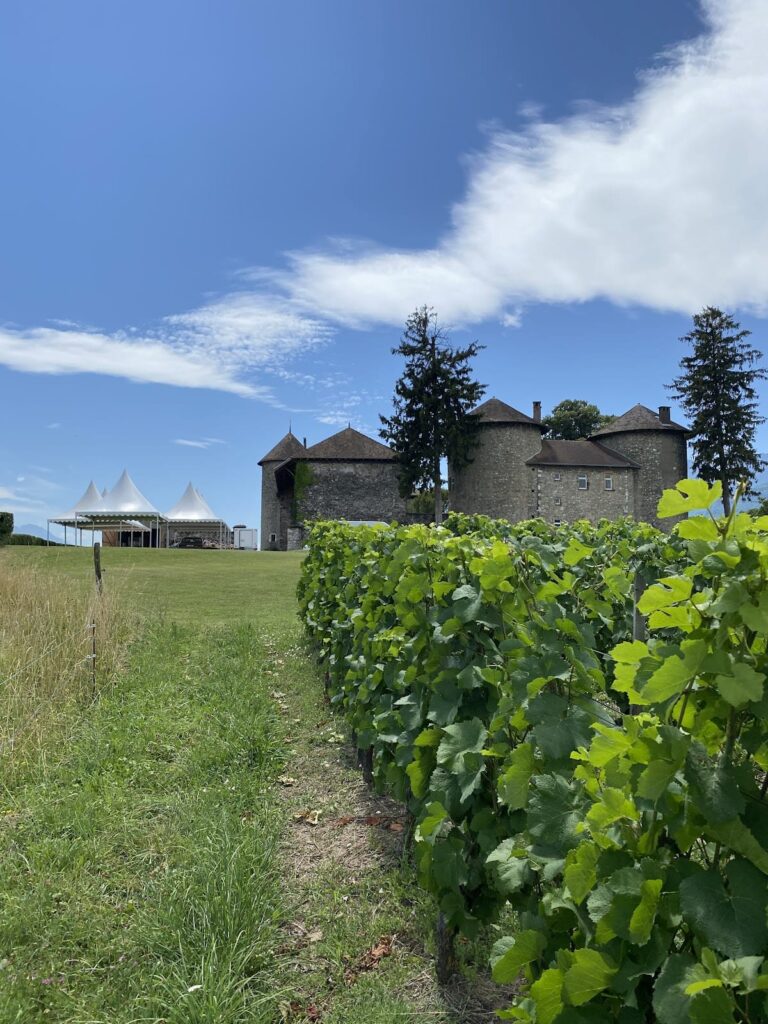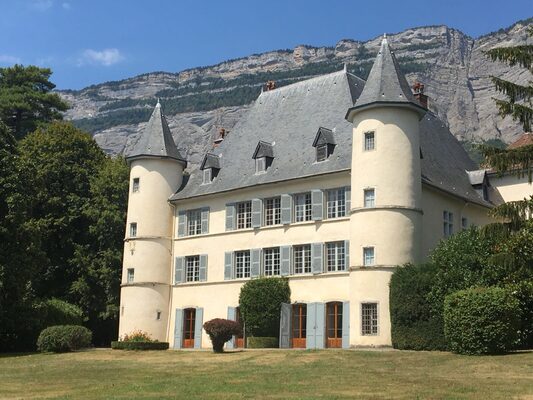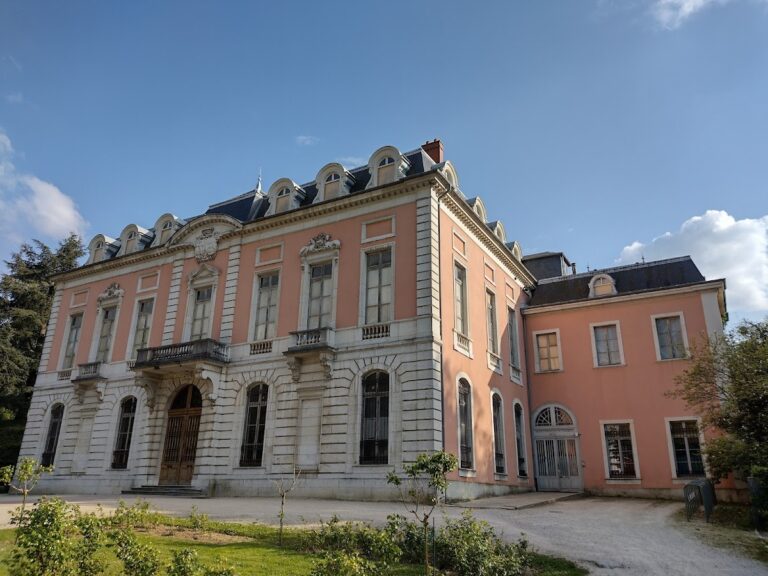Château du Touvet: A Historic Fortress and Noble Residence in France
Visitor Information
Google Rating: 4.2
Popularity: Low
Google Maps: View on Google Maps
Official Website: www.chateaudutouvet.com
Country: France
Civilization: Medieval European
Remains: Military
History
The Château du Touvet is located in the commune of Le Touvet in modern-day France. Originally built in the 13th century, the fortress was established by the Entremont family during a time when the region lay on the contested border between the Dauphiné and the Duchy of Savoy.
The castle’s earliest role was primarily defensive, reflecting the turbulent political and military environment along the frontier. Positioned strategically, it served as a stronghold to protect the territory and to control access between the two domains. This initial period focused on fortification techniques typical of medieval military architecture.
In 1528, ownership of the Château du Touvet changed hands when Guigues Guiffrey acquired the estate. Guiffrey was notable as an archer accompanying the celebrated knight Bayard, a member of the court of King Francis I, and also served as French Ambassador to the court of Henry VIII of England. His acquisition marks a shift in the château’s role from purely military to a noble family residence.
Following Guiffrey’s tenure, the property passed to his descendants, including families such as Monteynard and Marcieu. During the 18th century, Pierre de Marcieu, who held the rank of Lieutenant-General and was commander in chief of Dauphiné, undertook significant renovations. He transformed the castle fortress into a residence of leisure and refinement, commissioning new garden installations and architectural additions, notably an Italian-inspired hydraulic water staircase and terraces laid out in the French formal style.
The château has remained under the custodianship of the same family lineage for over five centuries. Its current owners, Bruno and Isabelle de Quinsonas, are descendants of Marshal Nicolas Charles Oudinot and heirs of the original lines associated with the estate. Recognition of the château’s historical importance came during the mid-20th century, with official designations for the water staircase in 1959 followed by the castle and its interior decoration in 1964. The gardens are also classified among notable French gardens, reflecting their preserved historic character.
Remains
The Château du Touvet retains much of its medieval and 18th-century fabric, illustrating its evolution from fortress to pleasure residence. The site is dominated by a principal residential building that originally formed part of a larger ensemble featuring five towers, a moat, and a drawbridge. These defensive structures date back to the 13th century and highlight the castle’s initial military purpose.
Inside, the château preserves original furnishings and panelling, including decorative Cordovan leather wallpaper in one of its rooms, a rare and luxurious interior feature from the period. The 18th-century renovations carefully respected elements from the earlier castle, demonstrating continuity amid transformation.
Surrounding the building, the gardens stretch over approximately seven hectares and showcase formal French garden design principles. The layout includes six boxwood broderie parterres, which are ornamental, geometric patterns created using low clipped hedges. A small enclosed area called the jardin de la comtesse adds a personal touch, while a kitchen garden and a linden tree-lined alley complete the ensemble.
One of the most remarkable features of the gardens is the hydraulic water staircase, constructed between 1758 and 1765. Designed by Letellier and Potin, this cascade combines engineering and artistry to create a series of terraces where water flows elegantly downward, supported by a hydraulic system. The water staircase is notable enough to have been protected as a historic monument separately from the rest of the château.
The gardens have undergone recent restoration to preserve their original layout and character. They maintain their status as “remarkable gardens of France,” attesting to their cultural and historic value. Together, the architectural fabric of the château and its finely crafted gardens offer a well-preserved example of the site’s long history from medieval fortress to refined noble estate.







